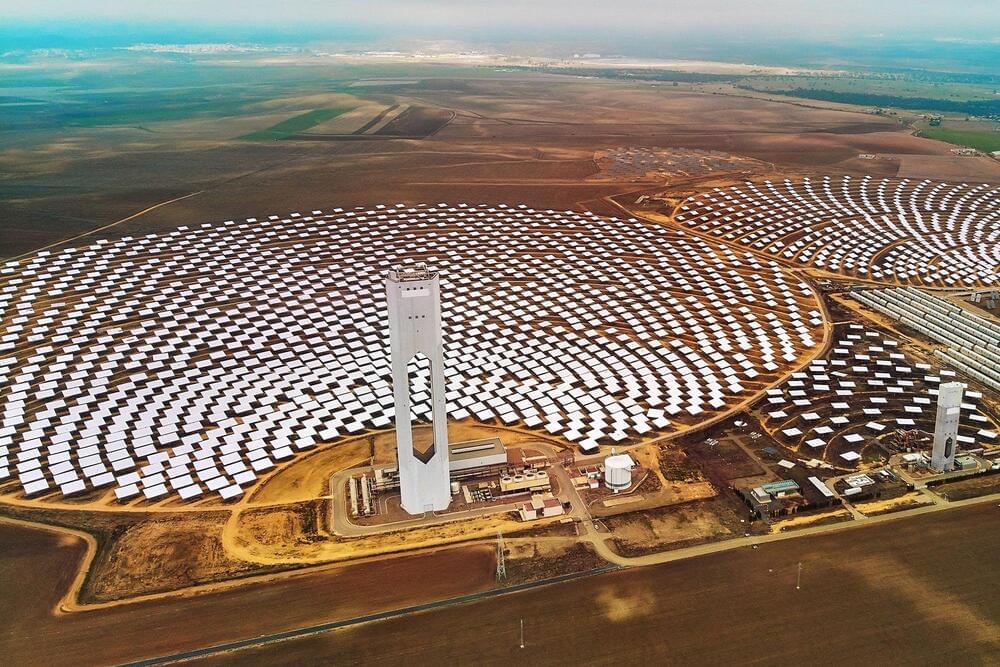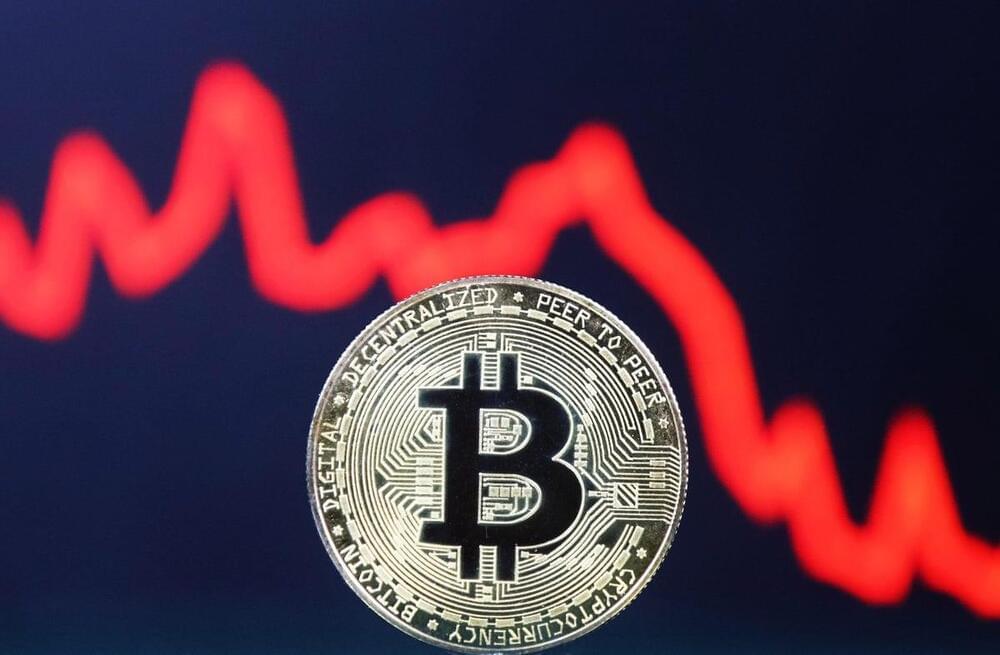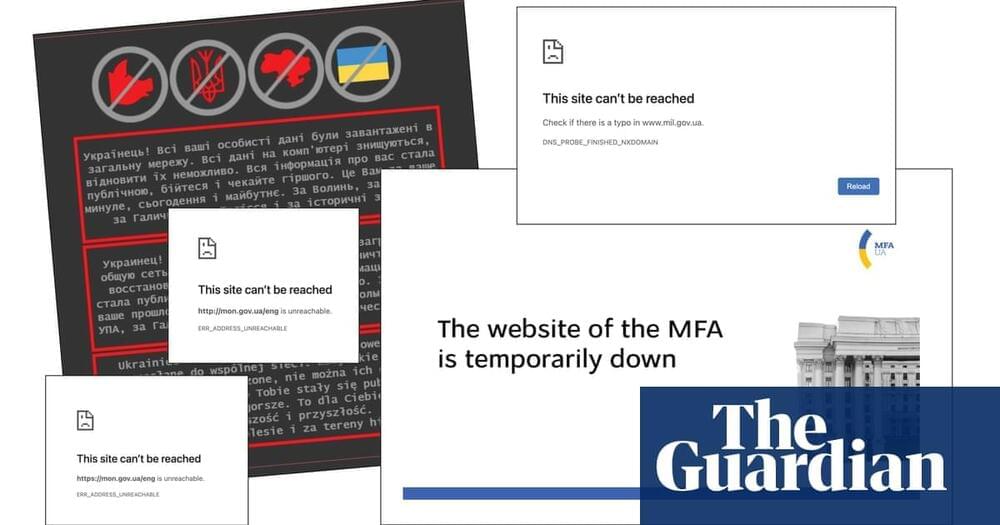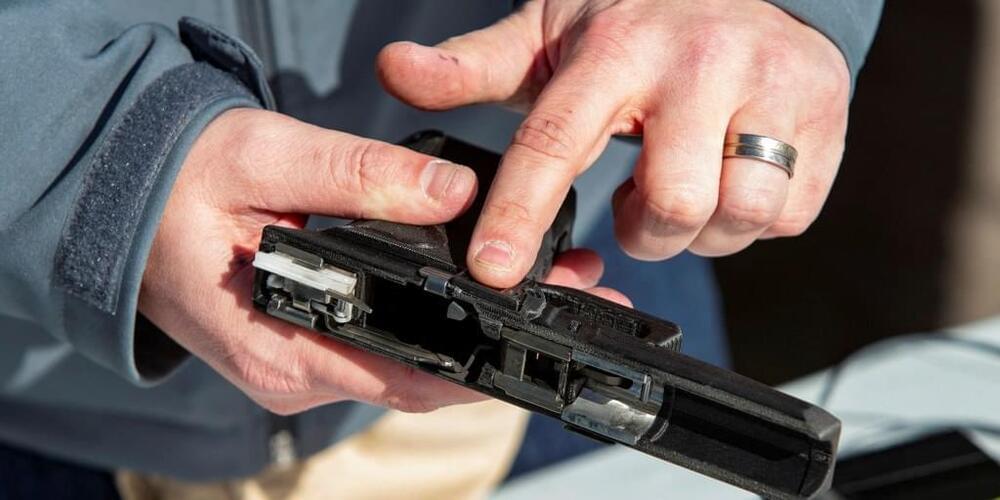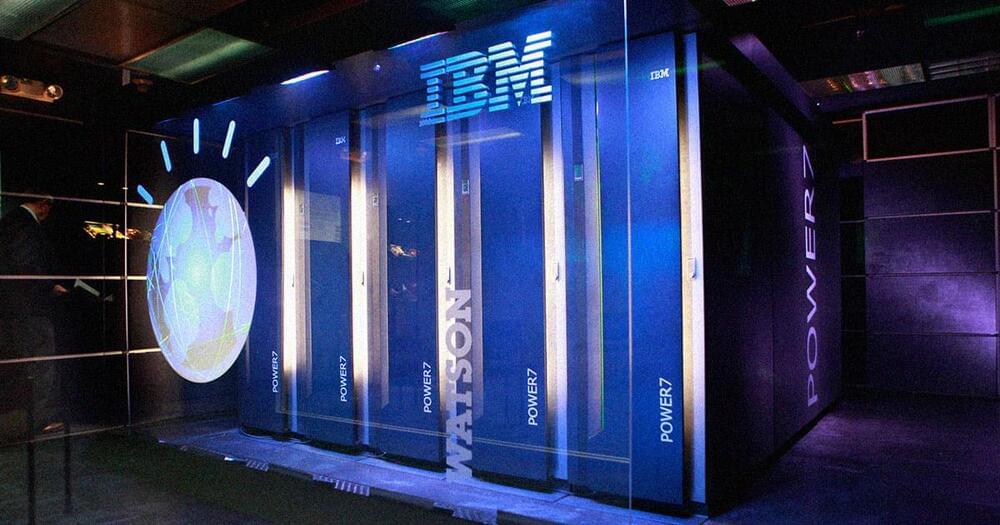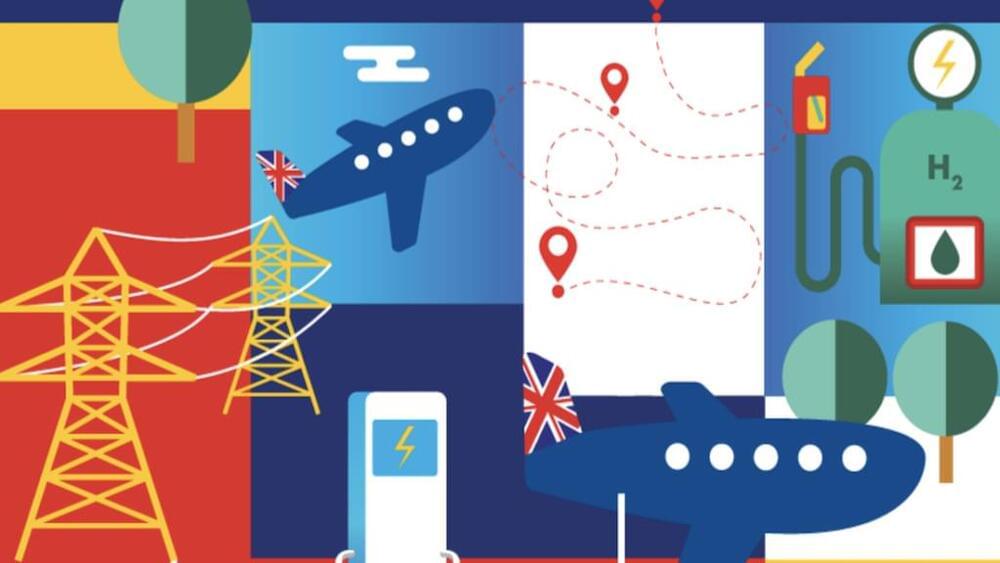They claim that more than 100,000 passengers could be affected in a single day. 🤔
#engineering
Several high-profile executives of U.S. airlines warned on Monday, January 17, of an oncoming “catastrophic” aviation crisis that will take hold by Wednesday should AT&T and Verizon activate their new 5G services, a report from Reuters reveals.
In a letter obtained by Reuters, the CEOs of several passenger and cargo airlines in the United States, including Delta, United, and Southwest Airlines, warned that signals from the two companies’ new C-Band 5G cell towers could interfere with navigation and safety equipment on their planes.
US airline executives claim the public will be grounded by 5G services
“Unless our major hubs are cleared to fly, the vast majority of the traveling and shipping public will essentially be grounded,” the executives stated in their letter, which was sent to various government organizations, including the Federal Aviation Administration (FAA) and the White House Economic Council. “Immediate intervention is needed to avoid significant operational disruption to air passengers, shippers, supply chain and delivery of needed medical supplies.”

